Limonite, one of the primary ores for extracting iron, forms a crucial part of the quartet known as the "iron ore family," alongside hematite, magnetite, and siderite.
Under natural conditions, limonite creates a distinctive red "iron cap" in the oxidation zones of sulfide deposits. This iron cap often serves as a geological indicator, akin to a sign saying, "There might be ore deposits nearby!"
What is limonite?
Strictly speaking, limonite is not a standalone mineral but rather a combination of several minerals, including goethite, akaganeite, fibrous ferrihydrite, silica, and clay.

Mineral properties of limonite
| Limonite chemical formula | FeO(OH)·nH2O |
| Limonite iron content | 37%-55% |
| Limonite shape | Stalactitic, botryoidal, massive, or porous |
| Limonite specific gravity | 2.9–4.3 |
| Limonite hardness | 4–5.5 |
| Limonite color | Yellow-brown to brown-black |
| Limonite crystal system | Orthorhombic |
| Limonite streak | Yellowish brown |
| Limonite luster | Earthy |
| Limonite transparency | Opaque |
Limonite is divided into skarn limonite and high silicon limonite.
Skarn limonite is mainly composed of limonite, hematite and quartz, and high-silicon limonite is mainly composed of limonite, hematite, goethite and quartz. In its brown form, it is sometimes called brown hematite or brown iron ore.
Where is limonite found?
Limonite is a common iron ore, but its distribution is not as widespread as some other iron-containing minerals. It often coexists with other iron ores, such as hematite and magnetite.
It is worth noting that limonite typically forms in marshes and swampy areas, often referred to as bog iron ore.

United States: Limonite deposits can be found in various parts of the United States, including the Appalachian Mountains and the Midwest.

Brazil: Brazil has significant limonite deposits, particularly in the Iron Quadrangle region.

India: Prakasam District in the Coastal Andhra Region of Andhra Pradesh.

Australia: Limonite often associated with other iron ore minerals in regions such as the Pilbara in Western Australia.

China: Limonite deposits are found in various provinces in China, and they are often associated with other iron ore deposits.
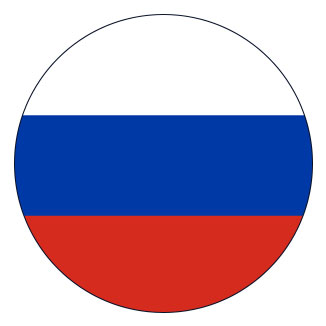
Russia: Limonite occurrences are in different parts of Russia, including the Ural Mountains.

South Africa: Limonite can be found in some iron ore deposits in South Africa.
How to process limonite?
Limonite ore features low iron grade and possesses a complex nature. A single sorting method cannot achieve satisfactory process indicators. Therefore, a combined beneficiation approach is often adopted to enhance the recovery rate of limonite ore.
Among these methods, magnetization roasting-magnetic separation has been proven effective in dealing with low-grade, complex, and difficult-to-process limonite ores.

Conducting mineral tests before ore beneficiation is a necessary step to achieve the best beneficiation results.
Here is the processing step for the ore with a primary mineral composition of limonite, featuring an iron grade of 48.01%, with magnetite as the secondary mineral. Gangue minerals include quartz and illite.
Step 1: Crushing
The raw limonite ore enters the jaw crusher through a vibrating feeder, subjected to the impact and compression of the high-speed rotating jaw crusher head, achieving a preliminary crushing.
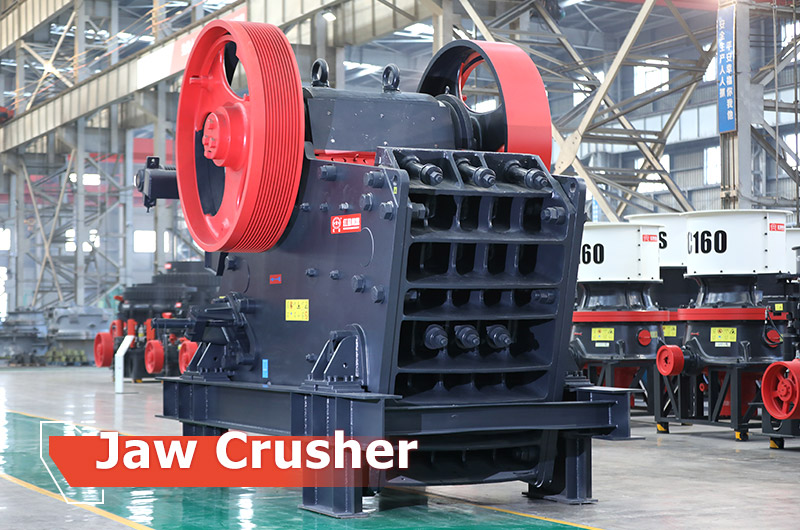
Subsequently, the roll crusher further refines the ore through the rotation of its rollers, reducing the particle size to approximately 2 mm.
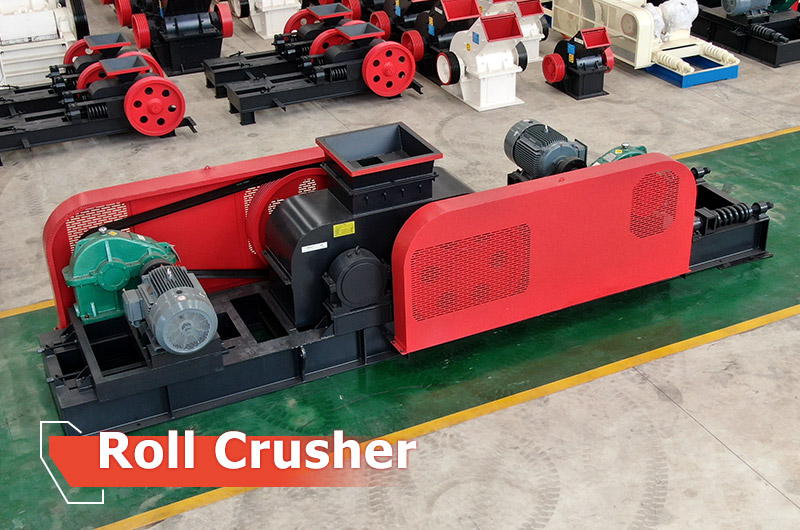
Post-crushing, the vibratory screen efficiently separates the crushed ore, isolating particles that have reached the desired granularity. Oversized particles are sent back to the crusher for further refinement.
Step 2: Magnetization Roasting
After multiple experimental studies by FTM engineers, the following roasting time and temperature have been determined to achieve the best reduction effect.
Limonite ore is mixed with a reducing agent (5% coal powder) and subjected to reduction roasting in a rotary kiln (roasted at 850℃ for 15 minutes).
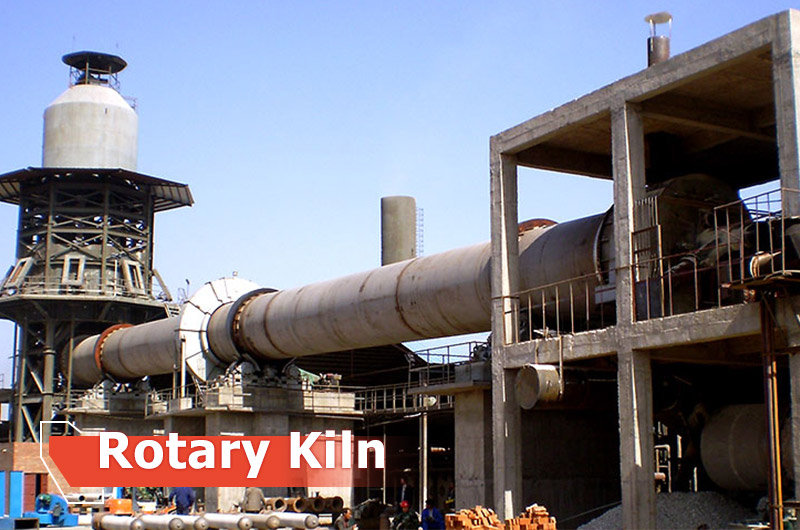
Limonite ore loses free water and crystalline water when heated, and is reduced to magnetite, with an iron grade of 54.15% after roasting.
The advantages of magnetization roasting:
- Removes the crystalline water from limonite ore, improving the iron grade.
- Reduces limonite ore to magnetite, which is beneficial for subsequent magnetic separation.
Step 3: Grinding
The roasted limonite is sent into a ball mill for grinding. The ball mill is filled with a certain number and size of grinding balls, which grind the ore through the friction and impact caused by the rotating body of the mill.
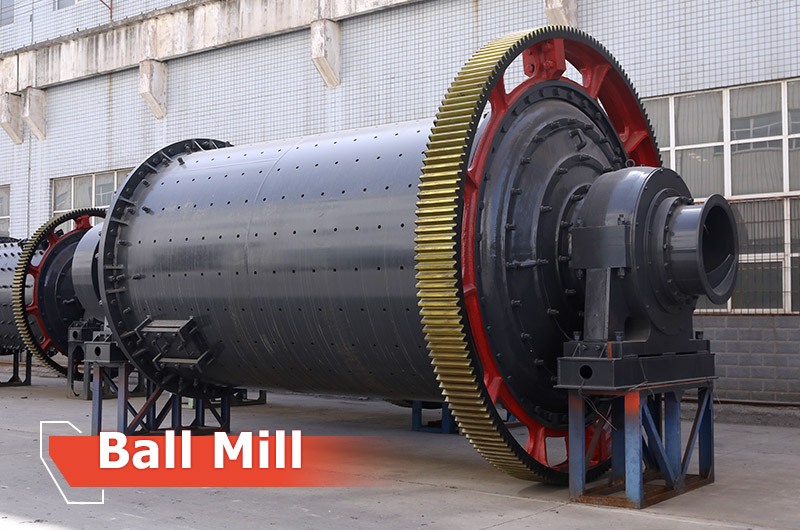
Through testing, it has been determined that when the fineness of the ground limonite reaches a proportion of about 85% at 0.074 mm, it ensures an ideal recovery rate for the iron concentrate.
Step 4: Magnetic Separation
The ground limonite powder is sent into a magnetic separator for sorting.
Due to the roasting process enhancing the magnetism of the ore, magnetic minerals are attracted by the magnetic force and effectively separated.
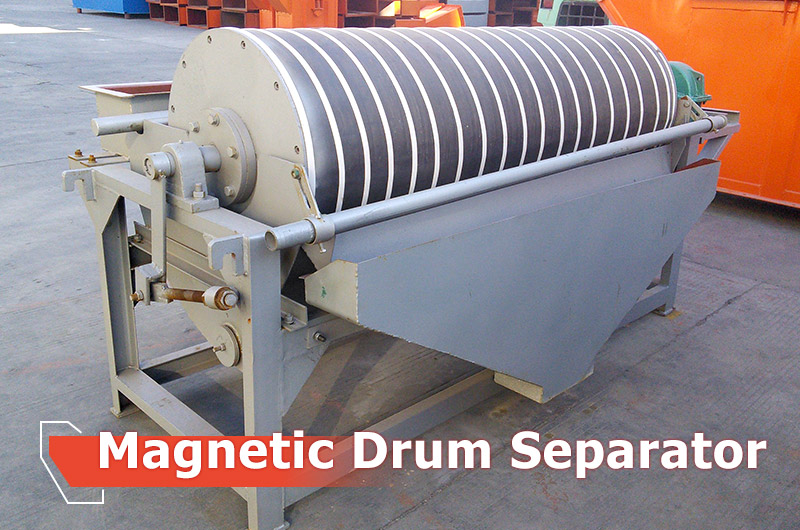
For limonite with an iron grade of 48.01%, through the roasting-grinding-magnetic separation process, iron concentrate with an iron grade of 62.94% and a recovery rate of 87.99% can be obtained.
FTM Machinery limonite ore solutions
Depending on the nature of the ore, the beneficiation of limonite can use gravity separation, flotation, or a combination of gravity-magnetic separation processes.
Here is a case study from a limonite factory in KazakhstanTalk to a beneficiation expert
The main metallic mineral is limonite, and the main gangue minerals are calcite, quartz, and clay minerals. The ore grade is 49.27%.
The iron grade of the ore is high, and it is mostly fine-grained ore with good selectivity, so gravity separation is used for beneficiation.
- After the raw ore is crushed, a trommel screen is used to deslime the raw ore.
- A ball mill grinds the ore to 0.074 mm.
- Finally, a shaking table is used to complete the selection of the concentrate.
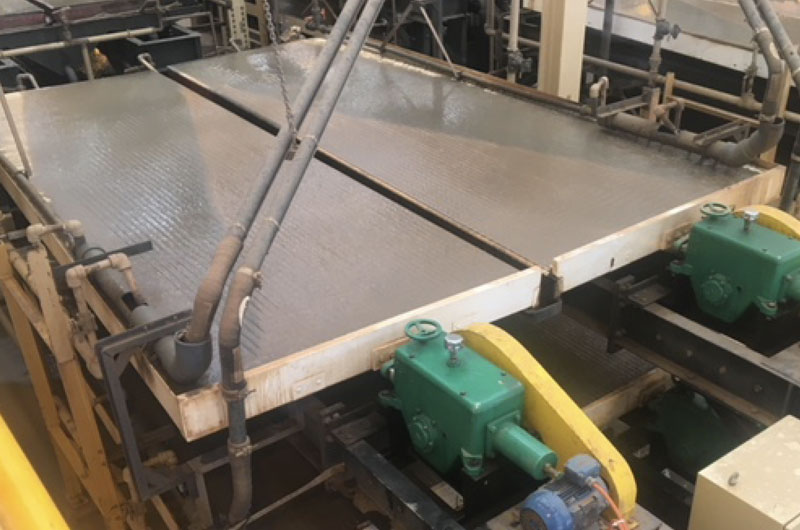
In the end, an iron concentrate with a grade of 60.1% and a recovery rate of 57.32% is obtained.
- Advantages: Low cost, small investment, simple process, no need for chemical reagents.
- Disadvantages: Lower recovery rate, smaller processing capacity.
- Applicable: Small iron ore plants with less processing capacity for limonite ore.
What is limonite used for?
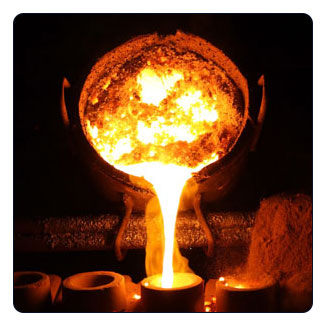
Metallurgical Auxiliary Material: After undergoing the sintering process, limonite becomes an ideal raw material for steelmaking in steel plants. The sophisticated sintering process tightly binds limonite particles, forming sintered blocks that provide efficient raw materials for blast furnace smelting, simultaneously enhancing production efficiency and reducing production costs.
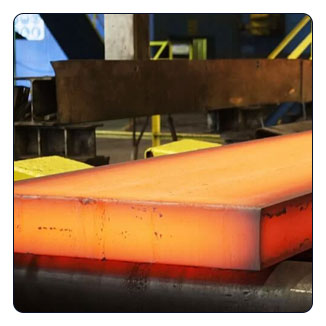
Steel Manufacturing: Iron extracted from limonite is an indispensable raw material for steel manufacturing. Widely used in construction, transportation, and mechanical industries, limonite supplies high-quality iron products to these sectors.

Chemical Raw Material: The iron elements in limonite can be refined into iron powder or magnetic materials, widely used in pigments, magnetic materials, and catalysts, providing abundant raw materials for the chemical industry.

Abrasive Manufacturing: Limonite, with outstanding hardness and durability, serves as an abrasive material. After grinding, it becomes an ideal material for manufacturing sandpaper, grinding wheels, and abrasive tools, extensively used in industries such as metal processing, tile manufacturing, and glass production.
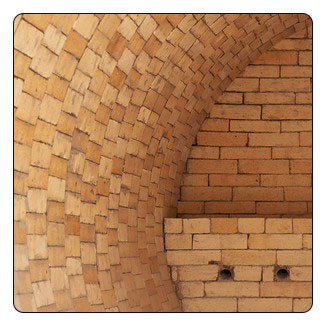
Refractory Material Manufacturing: Limonite exhibits excellent refractory properties at high temperatures, enabling the production of refractory bricks, coatings, and refractory clays. These refractory materials find wide applications in metallurgical construction and the chemical industry, providing reliable support for furnaces, high-temperature equipment, and thermal experiments.
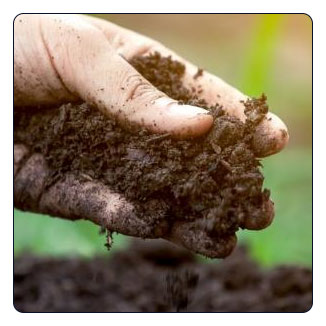
Soil Amendment: Limonite, rich in iron and trace elements, acts as a premium soil amendment, improving soil structure and fertility. Additionally, it may reduce soil acidity, elevate soil pH levels, creating a favorable environment for plant growth.
FAQs
1. How to distinguish limonite, hematite, and magnetite?
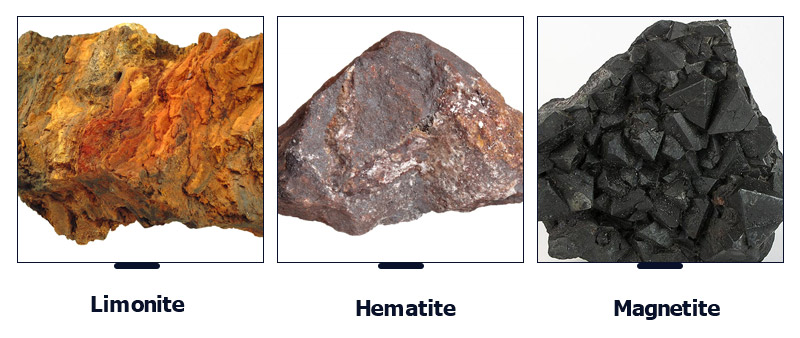
Limonite, hematite, and magnetite are three distinct iron ores, and they can be differentiated based on various characteristics:
- Iron Content: Limonite typically has an iron content ranging from 37% to 55%, while hematite can approach 70%, and magnetite can exceed 70%.
- Color: Limonite typically exhibits shades of brown to yellow-brown, hematite appears red, and magnetite is black or iron-black.
- Magnetic Properties: Limonite usually has weak magnetism, hematite is generally non-magnetic, while magnetite displays strong magnetism.
- Hardness: Limonite has a hardness ranging from 4 to 5.5, hematite from 5.5 to 6, and magnetite can have a hardness of 5.5 to 6.5.
- Crystal Structure: Limonite often appears in blocky or porous formations, whereas hematite and magnetite tend to have more regular crystal structures.
- Chemical Composition: Limonite primarily consists of hydrous iron hydroxide, hematite is mainly ferric oxide, and magnetite is ferrous-ferric oxide.
2. Does limonite contain gold?
Limonite itself does not contain a significant amount of gold. Gold is often found in quartz veins or associated with sulfide minerals like pyrite. Therefore, if gold is present in limonite-bearing deposits, it is likely associated with other minerals within the geological context rather than being an intrinsic part of the limonite itself.

